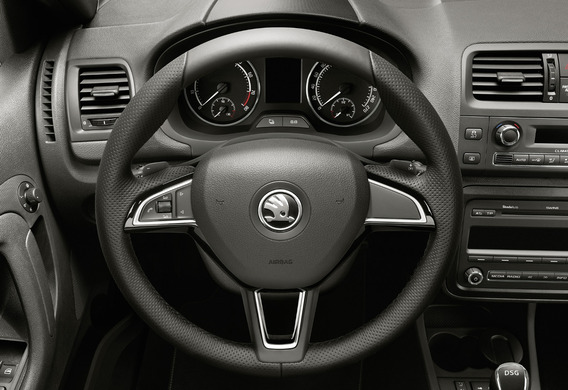
The steering wheel should rotate almost noiselessly, regardless of the presence and type of steering amplifier (GTP, EUR, EGUR). Only slight hissing and hissing in the extreme positions are permitted. The rudder sound may indicate a failure in the steering system or in the suspension.
Steering amplifier failures tend to be marked by strong guguish, humming or squeaking. Chrost and cross the wheel are the symptoms of mechanical breakages.
The handlebars may be caused by:
1. Defective, chafing or weakening of the steering gear or the steering gear itself
2. Problems with the steering column (e.g., with a steering shaft or other connections)
3. Problems with suspension elements (e.g., replacement bearings or ball supports)
4. Problems with drives: if the broken dues do not change on time, the mechanism of the drive will get water and mud, which will eventually result in damage to the drive.
The horst at the turn of the wheel can indicate both minor and serious problems in the steering, transmission, or vehicle suspension. In general, the crunching does not appear at once, but "grows out" of barely visible clicks and tapping. That is why, when there is extraneous noise in the steering mechanism, it is necessary to immediately turn to the service and diagnose the malfunction.







